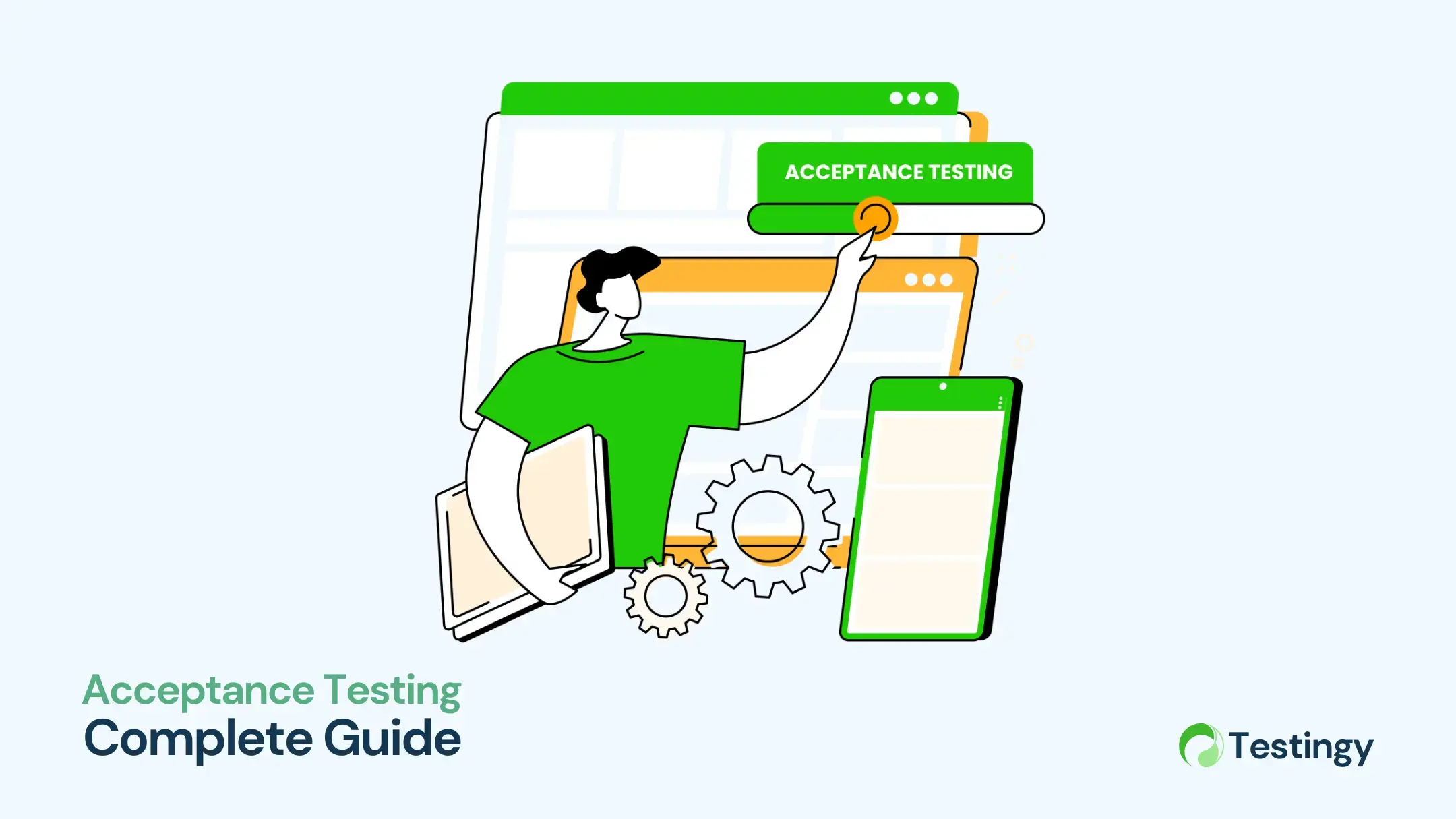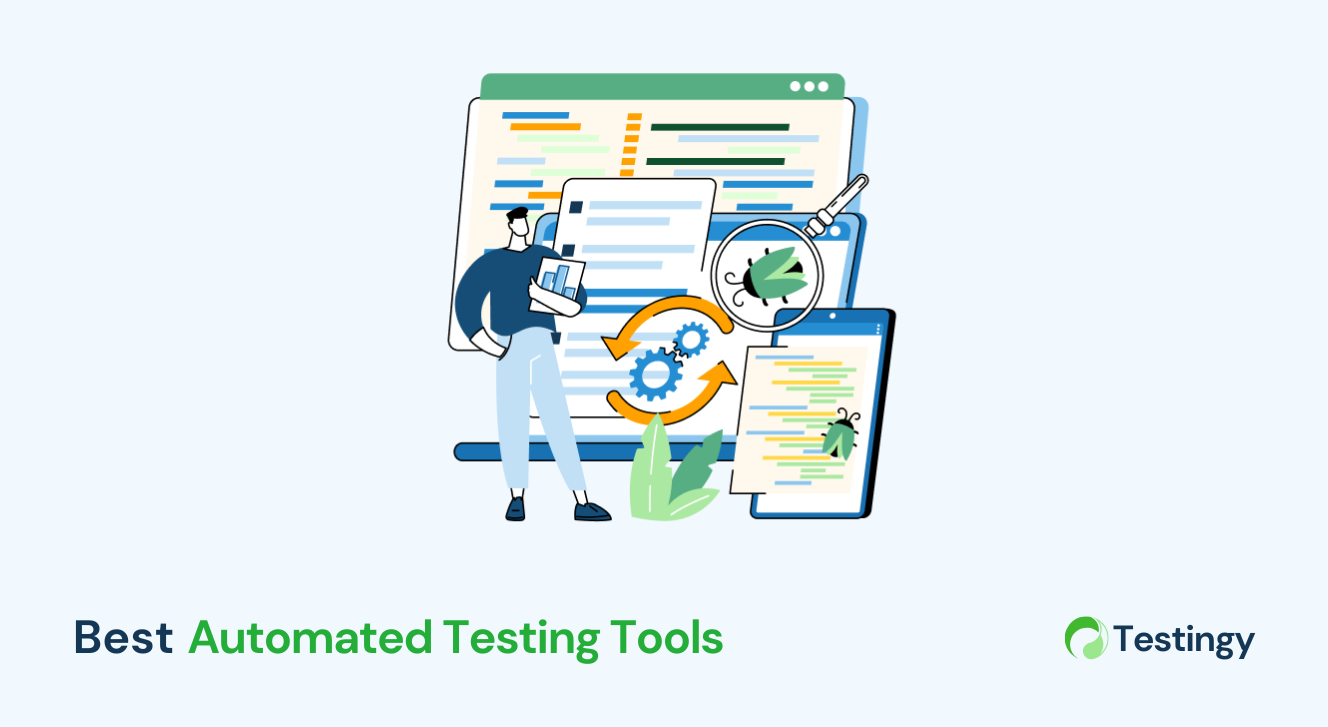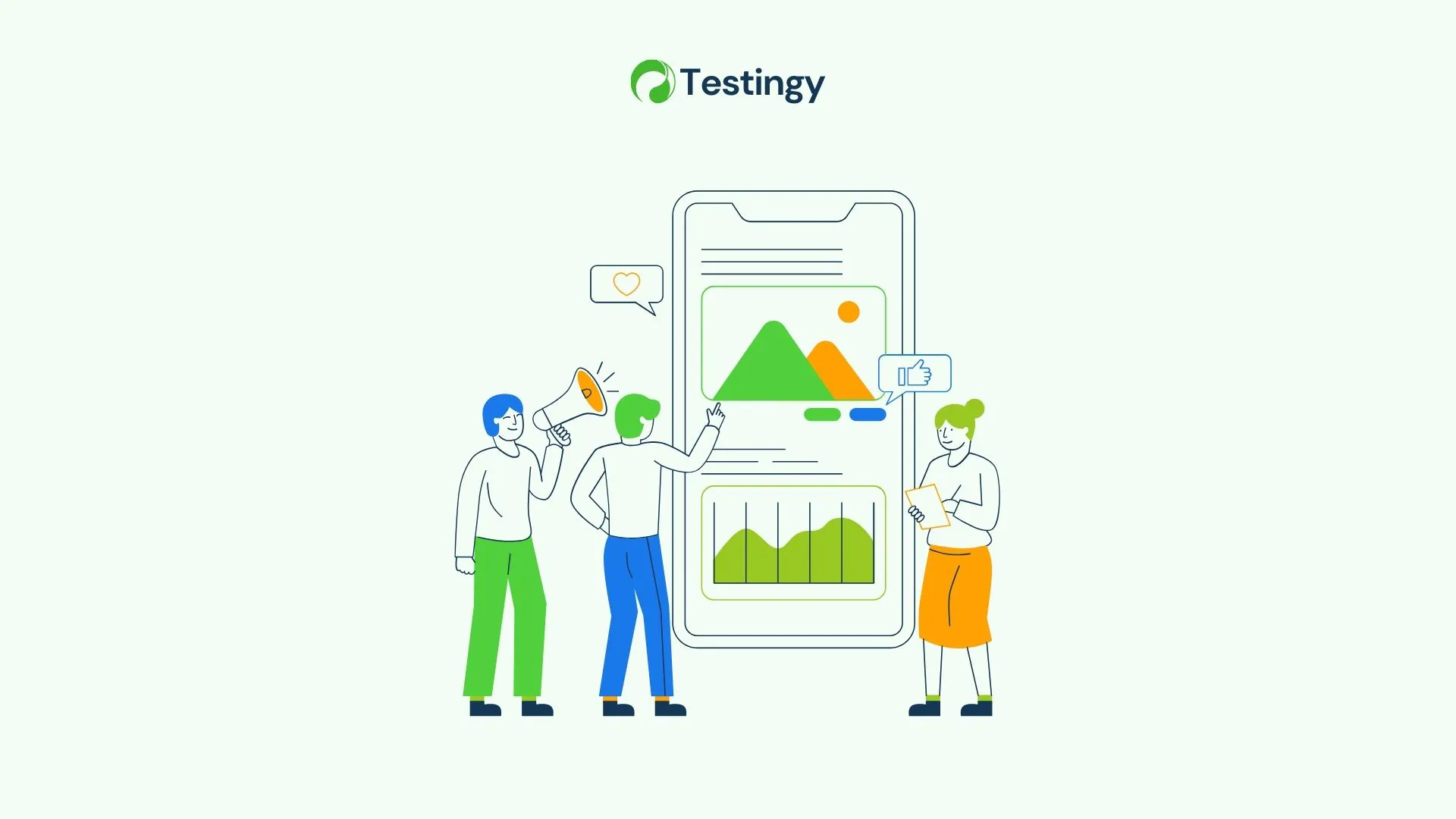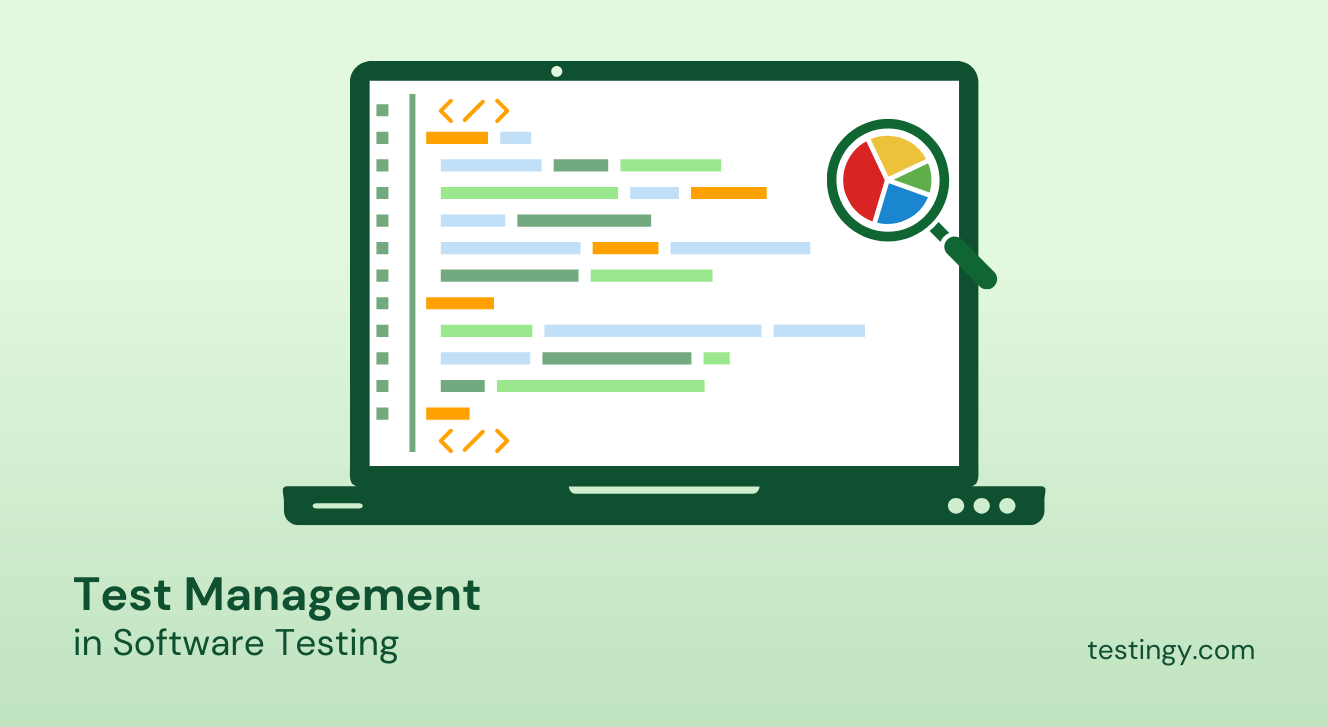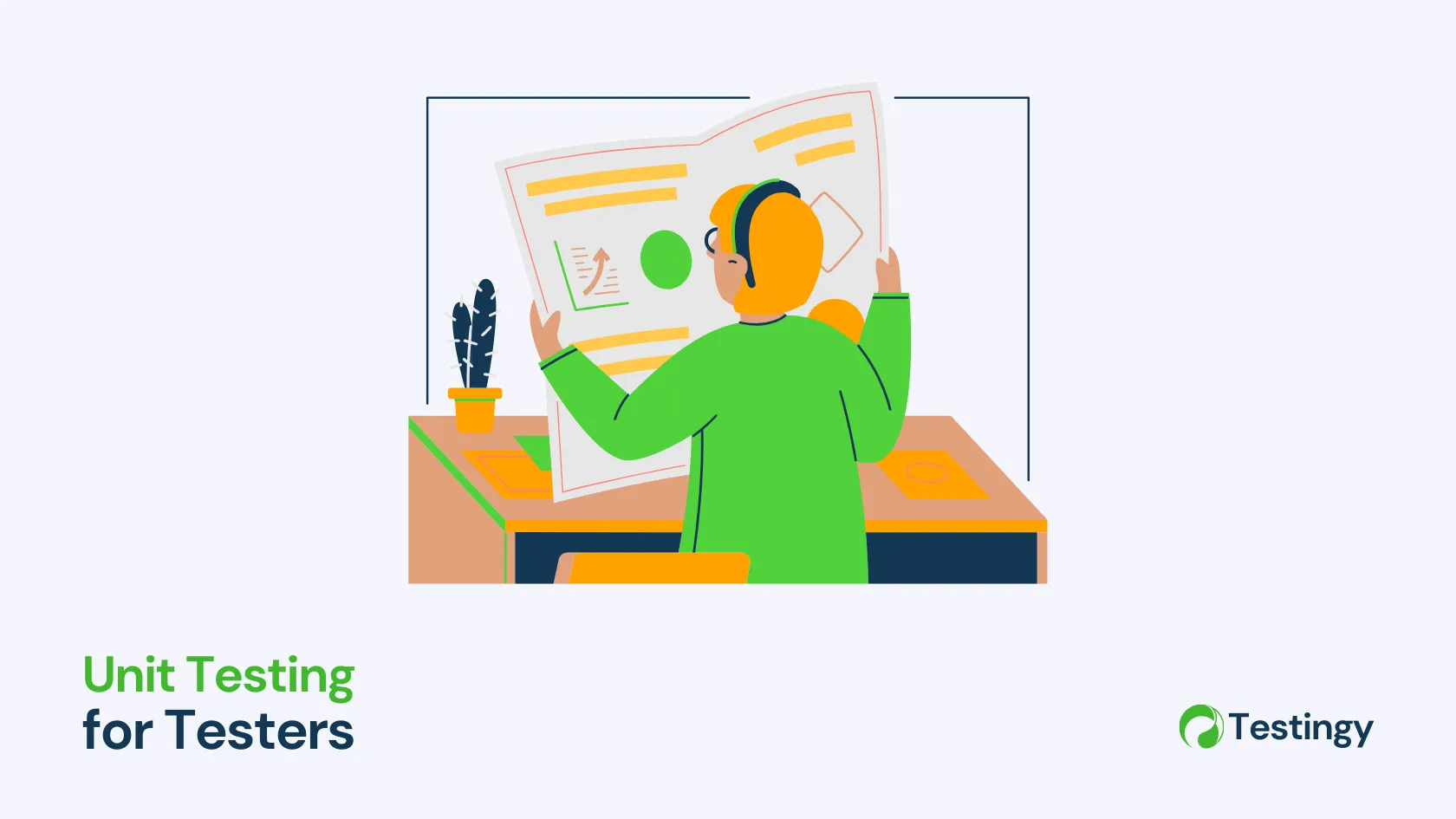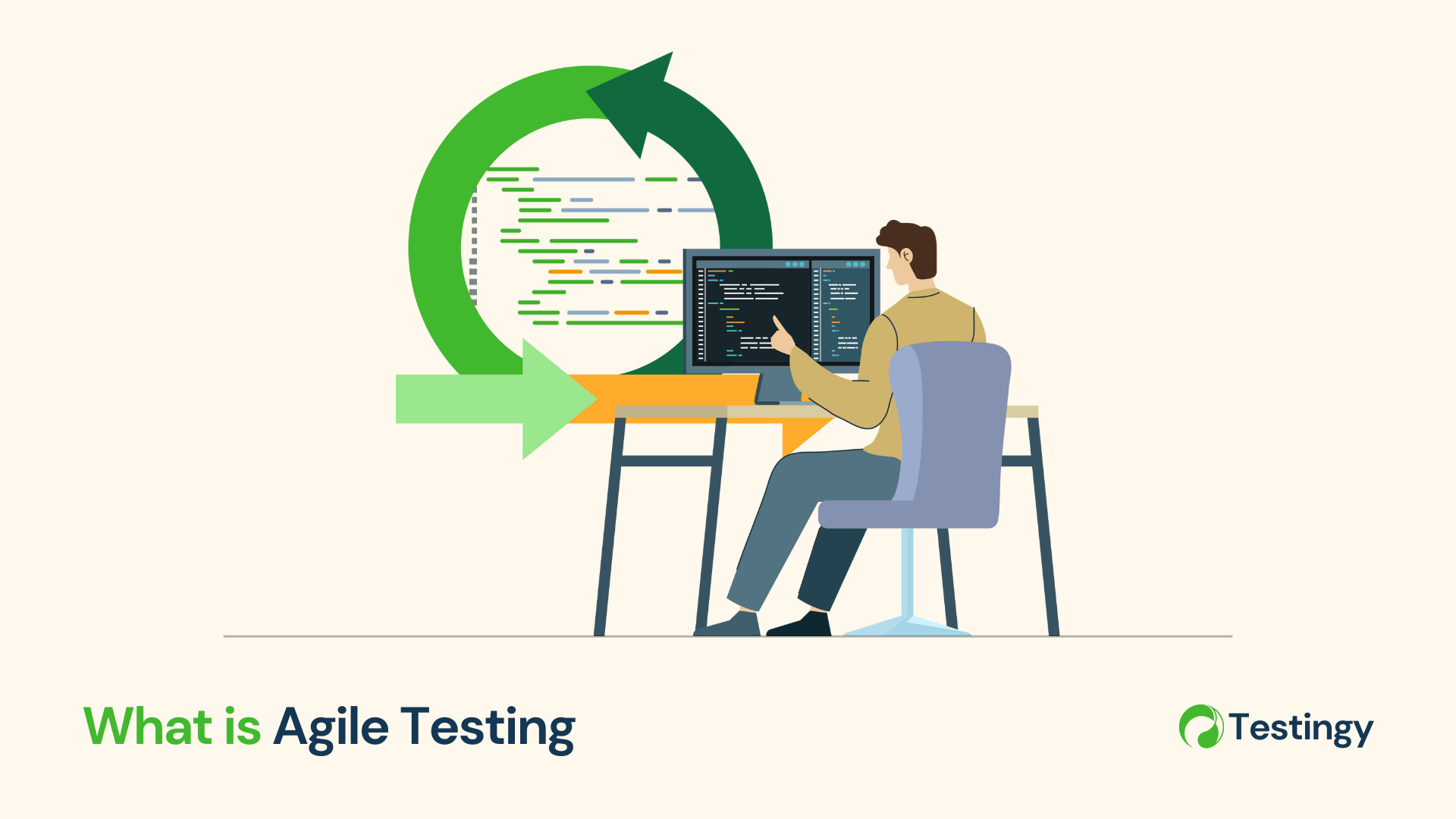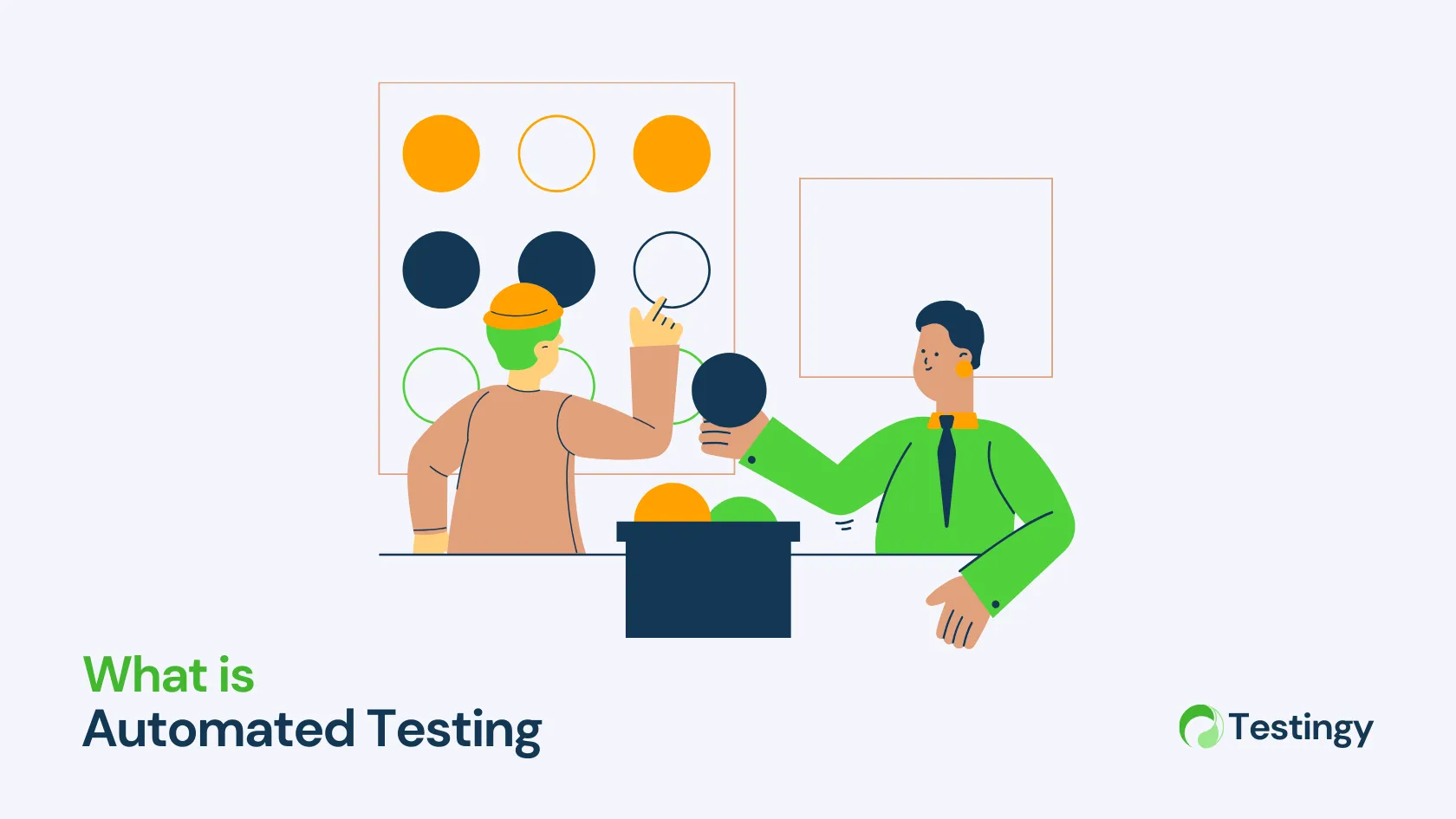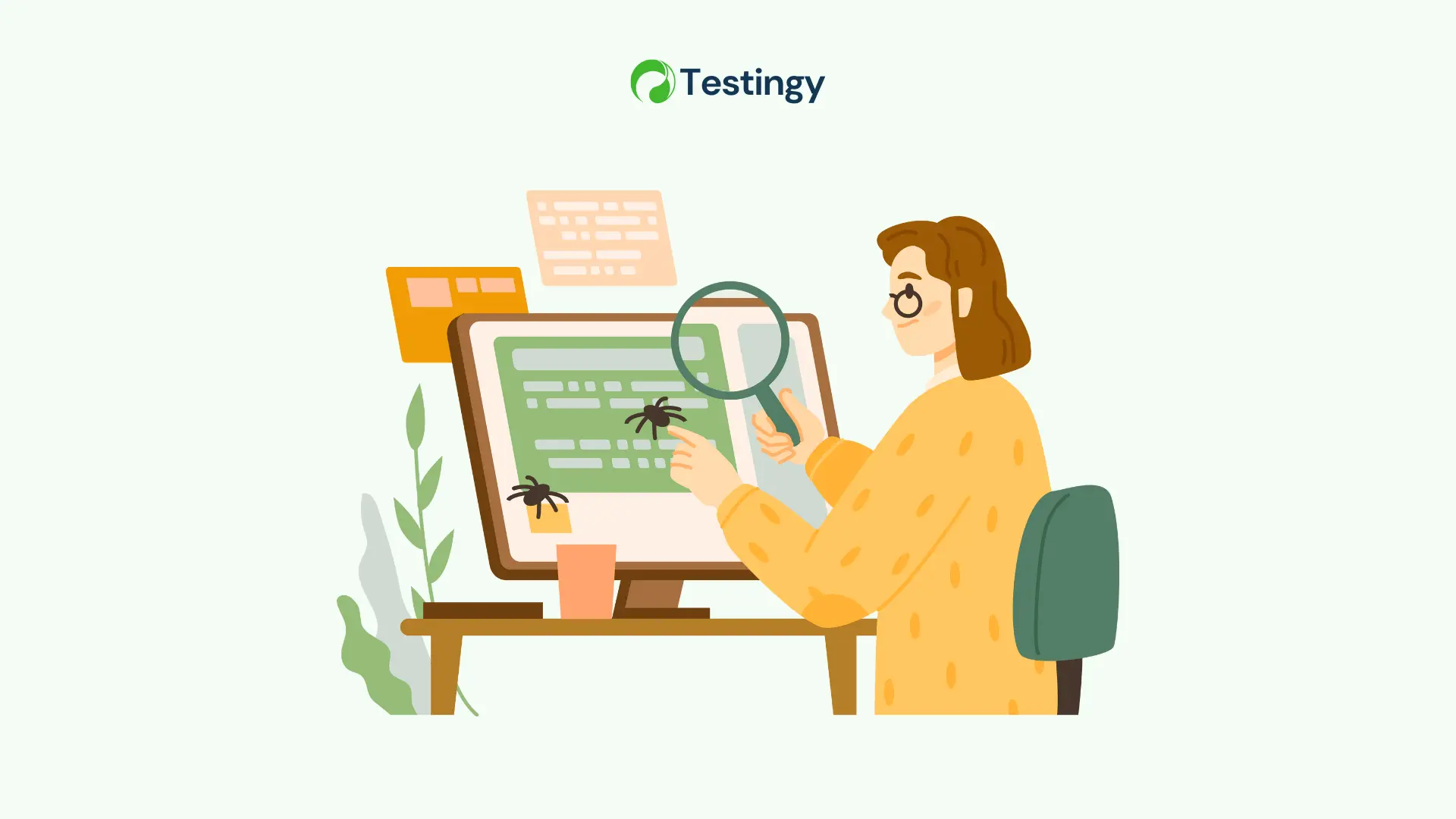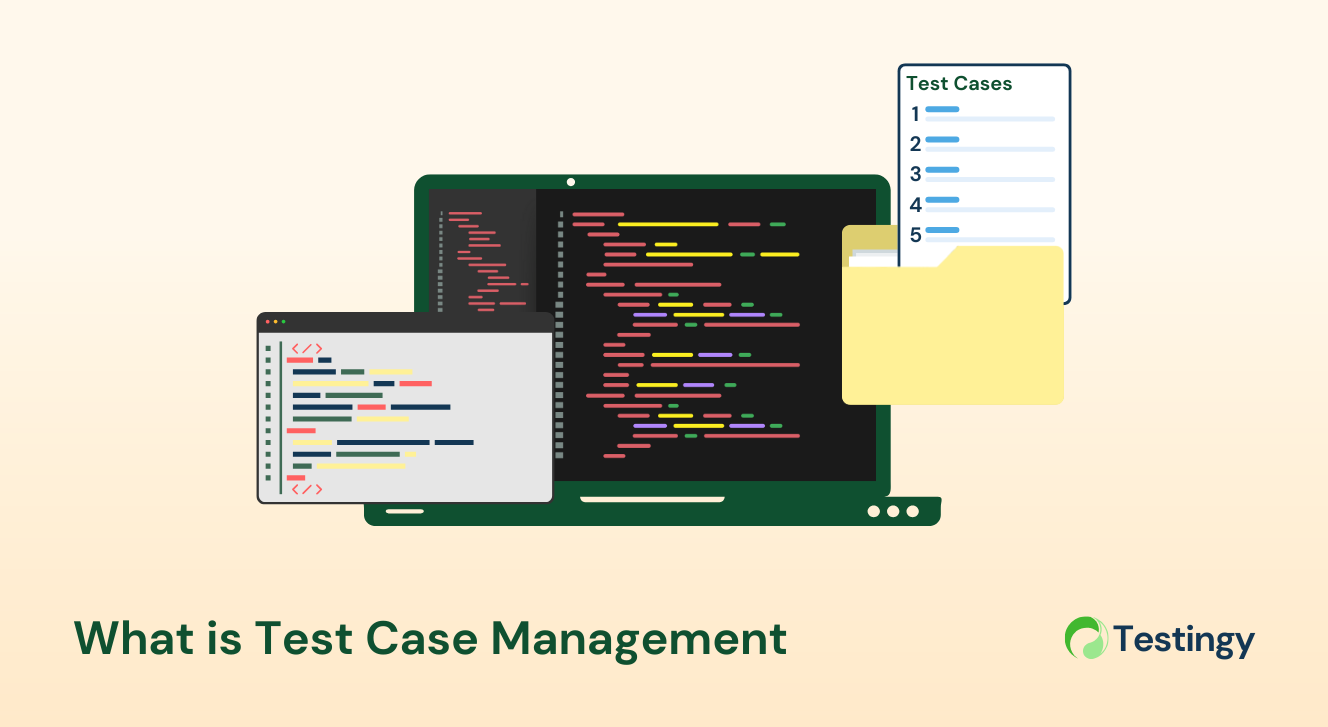Mastering Types of Exploratory Testing for Agile teams
Software development is a high-stakes race, with tight deadlines and sky-high user expectations pushing teams to deliver flawless products. Exploratory testing is the secret weapon in this race—a flexible, hands-on approach that uncovers bugs like a skilled tracker.
In this article, we’ll focus on the types of exploratory testing, unpacking their unique strengths, and when to deploy them. Not only that, we will also discover how they compare to the more rigid scripted testing.
Get ready to discover how these dynamic methods can elevate your software quality!
Again, what is exploratory testing?
Exploratory testing is the art of testing software without a predefined playbook. It’s like jazz—improvised, creative, and driven by the tester’s intuition, experience, and domain knowledge.
Unlike scripted testing, which follows a carefully written set of steps, exploratory testing gives you the freedom to design and run tests on the fly. The goal? To uncover those sneaky bugs that lurk in the shadows—issues that rigid test cases might miss.
Think of it as playing detective: you follow hunches, investigate odd behaviors, and learn as you go. This approach thrives on flexibility, making it a perfect fit for the unpredictable world of agile development.
For more details, please read What is Exploratory Testing?
6 types of exploratory testing to choose from
Exploratory testing is like a box of chocolates—you never know what you’re gonna get, but it’s always exciting! Each type brings its own unique spin, catering to different testing needs and team dynamics.
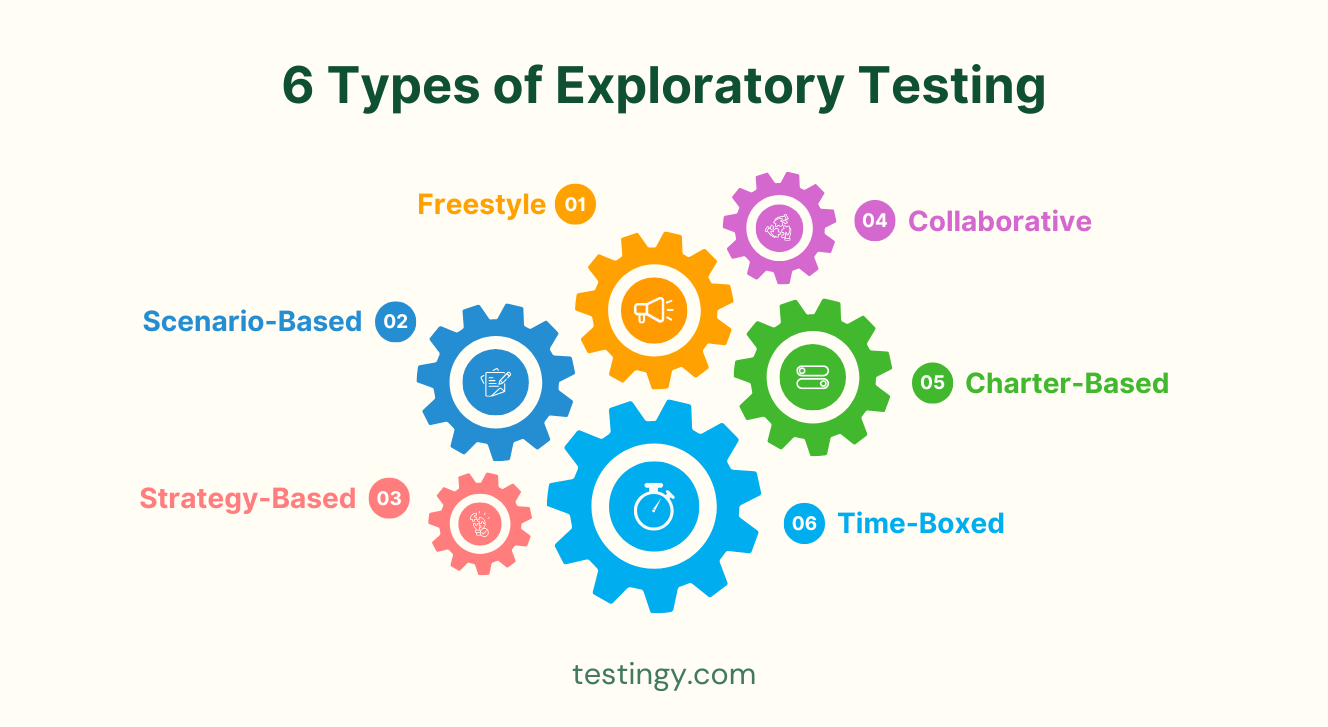
Let’s dive into the six types that make exploratory testing so versatile.
1. Freestyle Exploratory Testing
Picture yourself as a digital wanderer, handed a brand-new app with one instruction: “Have at it!”
Freestyle exploratory testing is the ultimate free-for-all among all types of exploratory testing, with no rules, no plans, and no limits. You can click, swipe, and poke around like a curious cat, soaking in the app’s vibe and spotting obvious issues along the way.
It’s perfect for early-stage projects when you’re just getting to know the system, like flipping through a book to see if it’s worth reading. Sure, it’s a bit chaotic, but that’s where the magic happens—think of it as stumbling across a bug so glaring it’s practically waving at you!
2. Scenario-Based Exploratory Testing
Now, let’s channel your inner method actor. Scenario-based exploratory testing puts you in the shoes of a user, following realistic scenarios to see how the app holds up.
Imagine you’re a shopper navigating an e-commerce site, adding items to your cart, applying a discount code, and checking out. By mimicking real-world use cases, you ensure the app delivers a smooth experience where it counts.
It’s like test-driving a car through city streets and winding roads—you’re not just checking if it starts; you’re seeing how it handles the journey.
3. Strategy-Based Exploratory Testing
If freestyle is a wild sprint, the strategy-based approach is a calculated jog among these types of exploratory testing. Here, you lean on specific testing techniques—like boundary value analysis, equivalence partitioning, or risk-based testing—to guide your exploration.
For example, you might hammer an input field with wacky values (a 500-character username or a negative price) to see what breaks. It’s like treasure hunting with a map—you’re still exploring, but you’ve got a strategy to zero in on the good stuff.
This approach is great for targeting high-risk areas without losing that exploratory spark.
4. Collaborative Exploratory Testing
Why explore solo when you can make it a party? Collaborative exploratory testing brings testers, developers, designers, or even product managers together to poke at the app as a team.
Each person’s perspective adds a new lens, uncovering issues that might slip past a lone tester. Picture a pair-testing session where a tester and developer banter over a feature, catching a usability glitch one might’ve missed.
It’s like a group hike—everyone spots different landmarks, and the journey’s way more fun with company. Plus, the camaraderie might just make those bugs feel less intimidating!
5. Charter-Based Exploratory Testing
Charter-based exploratory testing adds a dash of focus to the mix. You start with a “charter”—a short, clear mission statement like “Explore the login feature for security flaws” or “Test the payment flow under stress.”
This charter acts like a North Star, guiding your exploration without boxing you in. You’re free to follow your instincts, but the charter keeps you aligned with the goal.
It’s like setting out to cook a specific dish but riffing on the recipe—maybe you add a pinch of spice or swap ingredients, but you’re still aiming for that tasty outcome.
6. Time-Boxed Exploratory Testing
For those who thrive under a deadline, time-boxed exploratory testing is your jam. You set a timer—say, 60 or 90 minutes—and dive into a focused testing session with a specific objective.
Maybe you’re exploring a new feature or chasing down a pesky bug. When the timer dings, you wrap up, take notes, and debrief. It’s like a testing sprint, keeping you sharp and productive without sprawling into an all-day affair.
Therefore, this approach is perfect for agile teams who need to balance exploration with tight schedules, ensuring you get maximum bug-hunting bang for your buck.
When to use exploratory testing
Exploratory testing is your go-to when you need to be nimble and quick. Here’s when it really shines:
- Early in the development cycle: Catch major defects before they turn into expensive fixes, like spotting a plot hole in a movie script before filming starts.
- In agile environments: When requirements change faster than your coffee order, exploratory testing keeps up with the pace.
- For complex or poorly documented systems: Legacy apps or mystery codebases? Exploratory testing is like a flashlight in the dark.
- To complement scripted testing: Uncover edge cases and usability quirks that scripted tests might overlook, like finding a typo in a bestseller.
- When time is limited: No time to write a novel’s worth of test cases? Jump in and start testing ASAP.
- For user experience testing: Make sure the app feels easy to use and enjoyable, not like a puzzle from the clearance aisle.
When NOT to use it
Exploratory testing is awesome, but it’s not always the right fit. Here’s when you should leave it on the bench:
- In highly regulated industries, such as Healthcare or aerospace, strict documentation is required—exploratory testing’s free spirit can’t keep up with the paperwork.
- For repeatable regression testing: When you need tests to run the same way every time, scripted testing is your reliable robot.
- With stable, well-defined requirements: Scripted testing covers the bases more efficiently if the system’s requirements are set in stone.
- When testers lack domain knowledge: Newbies might get lost in the exploratory jungle without enough experience to guide them.
- When comprehensive coverage is critical: If you need to prove every nook and cranny was tested, scripted testing’s methodical approach wins.
Exploratory Testing vs. Scripted Testing
Now, let’s pit exploratory testing against its more buttoned-up counterpart: scripted testing. Scripted testing is like following a recipe—you’ve got a list of steps, and you stick to them. It’s structured, repeatable, and perfect for ensuring you’ve covered all known requirements.
On the other hand, exploratory testing is like cooking without a recipe—you experiment, taste as you go, and sometimes discover a new favorite dish (or bug).
Here is the detailed comparison between the two:
| Aspect | Exploratory Testing | Scripted Testing |
|---|---|---|
| Definition | Unscripted, adaptive testing driven by tester intuition and on-the-fly test design. | Predefined test cases with structured, step-by-step instructions. |
| Strengths | Finds unexpected issues, flexible, quick to start, ideal for usability and edge cases. | Ensures consistency, traceability, and coverage of known requirements. |
| Weaknesses | Less repeatable, harder to document comprehensively, relies on tester expertise. | May miss edge cases, rigid, time-consuming to design and maintain test cases. |
| Use Cases | Early testing, usability testing, agile projects, complex or undocumented systems. | Regulatory compliance, regression testing, stable systems with clear requirements. |
| Approach | Like cooking without a recipe—experimental and adaptive to discoveries. | Like following a recipe, structured and predictable, ensuring all steps are covered. |
| Documentation | Light, often notes or session logs, focused on findings rather than process. | Heavy, detailed test cases and results, ideal for audits and formal reporting. |
| Complementary Use | Uncovers defects to inform scripted tests for future regression. | Provides a baseline that exploratory testing can build upon for deeper insights. |
The beauty? You don’t have to choose one over the other. Combining both is like having peanut butter and jelly—each is great, but together, they’re unstoppable.
For example, you might use exploratory tests to uncover defects in a new feature, then create scripted testing to ensure those bugs stay fixed in future releases. It’s a match made in testing heaven.
Conclusion
In the ever-evolving world of software development, exploratory testing is like a breath of fresh air. It’s dynamic, creative, and perfect for navigating modern projects' unpredictable twists and turns.
From freestyle adventures to collaborative bug-hunting parties, various types of exploratory testing offer something for every tester and every project. While it’s not a silver bullet—sorry, regulated industries—it’s an invaluable tool for catching the bugs that scripted tests might miss.
So, next time you’re handed a new app to test, channel your inner explorer, dive in, and see what treasures (or bugs) you uncover. Happy testing, and may your coffee cup never run dry!
